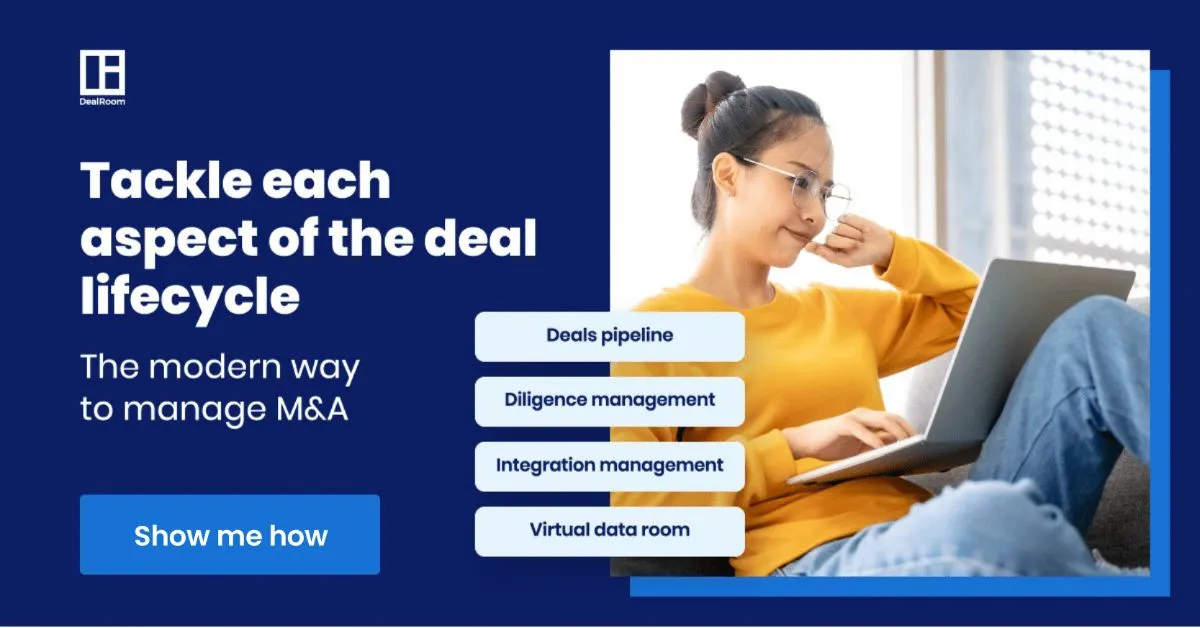How to Correctly Use Hiring Assessments
Anyone who has participated in a hiring decision has done it before — looked at a resume, seen a name or education information, and formed conclusions. These are considered hiring assessments according to the U.S.
Department of Labor’s report on assessments. If the conclusions led to elimination of that candidate, or simply informed the ranking of the candidate, biases are likely inherent in these hiring decisions and should be evaluated.
- Where the assessments based on empirical evidence or just a “hunch”?
- Were they in compliance with the myriad of rules regarding bias in hiring? Did they limit the organization’s ability to create a diverse and inclusive workforce?
More often than they may realize, hiring managers assess a candidate’s potential based on his or her likability in the interview.
Unintentionally, such instincts often eliminate future star performers from consideration, or advance candidates for the wrong reasons despite the lack of evidence as to their potential job performance.
Many times, these practices lead to poor hiring decisions, which can be especially detrimental to the core of many cities' economies — small businesses — which have fewer resources to accommodate workflow demands during shifts in personnel.
Therefore, many HR experts believe resumes and interviews alone cannot lead to optimum choices in hiring decisions.
These methods rarely provide enough information to determine the right fit and enable unconscious bias that may lead to a reduction in a diverse and inclusive workforce.
Some of those biases violate employment rules and others have no reasonable basis for predicting on-the-job success. Past performance is not necessarily a guarantee of future success, especially with new hires or promotions.
Establishing a Benchmark of Performance
The same position in a different organization may require a different set of workflows, systems and institutional knowledge.
Companies should establish a benchmark of performance by which to measure a candidate’s specific job skill aptitude.
Similarly, a skilled professional who does not fit culturally, or who cannot adapt culturally, may be disruptive to the team’s cohesiveness or may choose to leave the organization after a short time.
To resolve these issues, hiring managers may consider using a pre-hire tool to measure job skill, cultural fit and adaptability, while trying as best as possible to ensure compliance with anti-bias rules in the selection process.
When dealing with significant market growth, companies can employ such tools to find successful candidates in an increasingly competitive recruiting environment.
For example, some businesses have used a formal multi-step assessment system to help in hiring, and have experienced more successful hires by using predictive evidence-based tools during the screening and selection process.
A good tool can help identify the potential right fit for a company’s culture, while eliminating personal assumptions based on looks, gender, and socio economic background.
The key is to assess hardwired behavioral tendencies balances against potential and the ability of a candidate to grow.
A candidate’s potential can depend on the position, the industry and the size of the company. The position’s requirement for an ability to adapt, create and inspire vision in others needs to be assessed. Measurement takes skill and a methodical interview process.
Measuring a Candidate's Desire to Success
Hiring managers should also consider a candidate’s desire to succeed. To be effective as a new hire, a candidate’s desires should align with what the position and culture deliver.
If a company brings forth extrinsic rewards such as financial incentives, hiring managers need to be honest about that while reviewing candidates’ cultural fit.
Conversely, if a culture is based on the intrinsic rewards of purpose and cause, candidates must be assessed for this type of desire or motivation.
Not only do various assessment tools help efficiently select candidates, additionally HR professionals have insight into the new hires’ behavioral tendencies and skill gaps.
They are able to use this information to tailor the onboarding and assimilation process for each employee, providing the new hires with the best opportunity for success.
About the author
Ken Greenberg, has extensive experience as an Organizational Development Professional, Investment Banker and Private Equity Professional. Prior to joining Auctus Search Partners, LLC as a Senior Managing Director, Ken was the founder and CEO of KLG Consultants, LLC, which was acquired by Auctus Search Partners, LLC in November of 2016.




















.png)
.webp)



.webp)
.webp)
.webp)





.png)
.png)
.png)
.svg)

.svg)
.png)
